
Ever have one of those moments where you look in the mirror and the person staring back doesn’t quite match the number of candles on your last birthday cake? Maybe you feel younger, more energetic than your friends of the same age. Or maybe you feel… older. More tired, a bit achier, like your body is running on a different clock than the one on the wall.
The number of years you’ve been alive—your chronological age—is a notoriously bad way to measure how you’re actually aging. It’s just a count. A number. It doesn’t capture the story of your health, your stress, your lifestyle. For that, we need to look at your biological age. This is the true age of your cells, your tissues, your organs. And unlike your birthday, this is a number you can actually change.

This is a huge deal. Because for too long, we’ve seen aging as this inevitable, downhill slide. But what if it’s not? What if aging is a dynamic process we can influence? We’re living longer than ever, but many of us are spending those extra years managing chronic diseases. The goal isn’t just to have a long lifespan; it’s to have a long healthspan—the number of years we live in good, vibrant health.
So, how do we do that? We start by getting honest about where we are. We look under the hood.
This isn’t about some far-off, futuristic science. This is about five key lab tests available right now that can give you a shockingly clear picture of how your body is really doing. Think of them as your body’s true report card. They are:
- The Epigenetic Clock: Reading the handwritten notes on your DNA that reveal your cellular age.
- Telomere Length: Measuring the protective caps on your chromosomes, like a fuse burning down with time and stress.
- hs-CRP: Taking your body’s “inflammatory temperature” to see if there’s a slow, silent fire burning inside.
- Hemoglobin A1c (HbA1c): Your three-month scorecard for how well your body is managing sugar.
- Glycans: Decoding the sugar “antennas” on your immune cells to check the age of your immune system.
These numbers aren’t a judgment. They’re a baseline. A starting point. They give you the power to stop guessing and start making targeted changes that actually move the needle. It’s time to stop counting candles and start understanding your own biology.
🔍 VITAL BIOMARKERS FOR LONGEVITY & HEALTH
1. The Epigenetic Clock: Your Body’s Software Isn’t Set in Stone

We tend to think of our DNA as a fixed blueprint we get at birth. The hardware. But that’s only half the story. Epigenetics is the software—the layer of instructions that tells your genes when to turn on and when to turn off. It’s the difference between having a gene for a disease and that gene actually being expressed.
The main way this happens is through a process called DNA methylation. Imagine your DNA as a massive instruction manual. Over your life, your body makes little chemical notes in the margins, called methyl groups. Some notes say, “Don’t read this page” (turning a gene off), while others get erased, saying, “Read this one more often” (turning a gene on).
Here’s the incredible part: these changes happen in a predictable pattern as we age. And scientists have created algorithms that can read these patterns to calculate your biological age with stunning accuracy. This is the “epigenetic clock,” and it’s a game-changer.
From Telling Time to Predicting Your Future

The clocks themselves have gotten smarter over the years.
- First-Generation Clocks (The “How Old Are You?” Clocks): Back in 2013, a geneticist named Dr. Steve Horvath created a clock that could look at 353 of these methylation spots and guess a person’s chronological age within about 3.6 years, no matter what tissue it looked at. It was an amazing proof-of-concept. It proved our age was written in our cells.
- Second-Generation Clocks (The “How Well Are You Aging?” Clocks): Then scientists started asking a better question: Who cares about chronological age? Can these clocks tell us if we’re aging well? This led to clocks like PhenoAge and GrimAge. GrimAge, as in the Grim Reaper, is famous for being scarily accurate at predicting “time to death” because it doesn’t just look at age; it looks at methylation patterns linked to things like smoking history and inflammation.
- Third-Generation Clocks (The “How Fast Are You Aging?” Clocks): The newest clocks, like DunedinPACE, are maybe the most useful of all. They don’t just give you a biological age; they measure your current pace of aging. Think about it: it’s much easier to change your current speed than it is to change the total distance you’ve already traveled. This makes the result incredibly actionable.
So, What Does an “Older” Epigenetic Age Really Mean?

The number that matters most isn’t the biological age itself, but the gap between it and your birthday age. This is called “epigenetic age acceleration.” If you’re 40, but your clock says you’re 45, you have five years of age acceleration.
And that gap is a powerful predictor. For every five years of acceleration, your risk of mortality goes up by 8% to 15%. It’s linked to everything from faster cognitive decline to a higher risk for cancer, Alzheimer’s, and Parkinson’s. As Dr. Horvath said, “Our research reveals valuable clues into what causes human aging, marking a first step toward developing targeted methods to slow the process.”
Now, there’s a fascinating scientific debate happening. Are these epigenetic changes the cause of aging, or just a very accurate symptom? Some new research suggests that the clock might just be tracking deeper damage—the accumulation of random genetic mutations. As Dr. Trey Ideker, one of the study’s authors, put it, trying to turn back the epigenetic clock “may only be treating a symptom of aging, not the underlying cause.” This doesn’t make the clock any less useful as a report card, but it’s an important reminder that there’s no single “cure” for aging.
Winding Back Your Clock Is Possible
Here’s the good news: this clock is not set in stone. The things that speed it up are exactly what you’d expect: obesity, smoking, and heavy drinking are all major accelerators.
And the things that slow it down? They’re the things your doctor has been telling you for years. A diet full of vegetables provides nutrients like folate, which are essential for healthy methylation. Regular exercise and managing your stress also have a measurable, positive effect at the molecular level. It turns out, all that boring health advice actually works, and now we can see it happening on our DNA.
2. The Telomere Fuse: Measuring the Lifespan of Your Cells
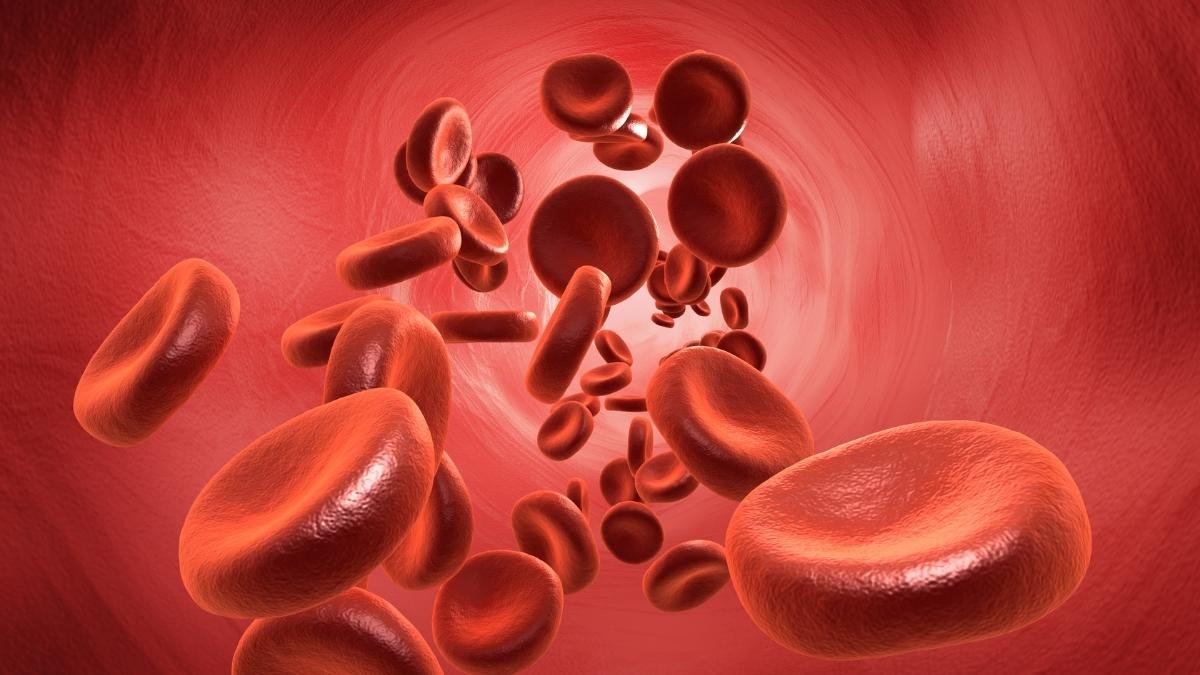
If you look at the end of your shoelaces, you’ll see those little plastic tips, right? They’re called aglets, and they stop the lace from unraveling. Your chromosomes have something similar, and they’re called telomeres. They’re just repeating bits of DNA that protect your actual genetic code every time a cell divides.
But here’s the catch. Every single time a cell divides, a tiny piece of that telomere gets snipped off. It’s a built-in countdown timer, a “mitotic clock” that tracks how many times a cell has replicated.
When the telomere fuse gets too short—down to a critical length—the cell gets a “danger” signal. It either puts itself into a permanent state of retirement called senescence or it self-destructs. These retired, “zombie” cells stick around, pumping out inflammatory junk that damages the healthy cells around them, which is a major driver of aging.
It’s Not Just About Length, It’s About the Rate of Burn
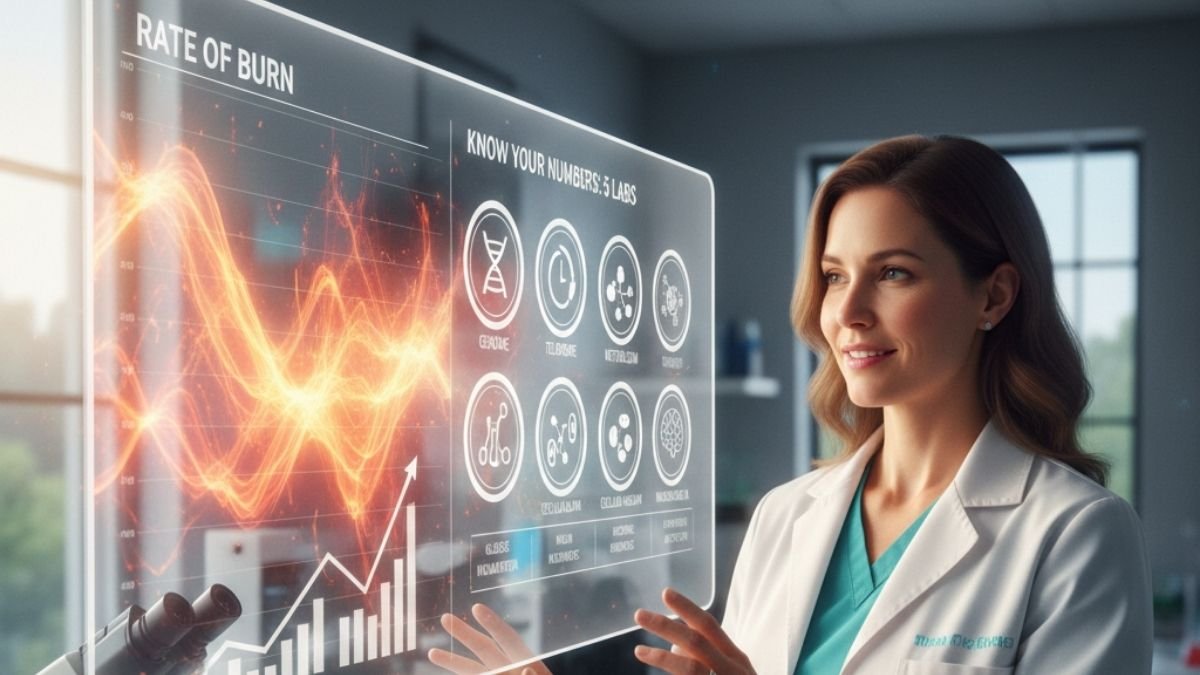
You’d think that measuring your average telomere length would be a great way to see how you’re aging. But it turns out, a single measurement is a “shockingly weak predictor of lifespan,” in the words of Dr. Steve Horvath.
Here’s why: it’s not the starting length that matters most, but the speed at which the fuse is burning. For example, mice are born with way longer telomeres than we are, but they live for only a couple of years. Why? Because their telomeres shorten about 100 times faster than ours.
So, a telomere test isn’t really a crystal ball telling you how long you have left. It’s more like a historical record. It tells you the total amount of oxidative, inflammatory, and psychological stress your body has been through up to this point.
Debunking the Myths: The “Goldilocks” Rule of Telomeres

There’s a lot of hype around telomeres, so let’s clear a few things up.
- Myth #1: Longer is always better. Nope. This is a classic case of the “Goldilocks principle.” Too short is bad, but abnormally long telomeres have been linked to a higher risk for certain cancers. That cellular retirement plan (senescence) is actually a crucial anti-cancer defense. You want your telomeres to be just right.
- Myth #2: Lengthening telomeres causes cancer. This is an oversimplification. Cancer cells are immortal because they’ve figured out how to turn on an enzyme called telomerase that rebuilds their telomeres. But studies show that healthy lifestyle choices that help maintain telomeres, like exercise, actually decrease your cancer risk. It’s about balance, not just growth at all costs.
- Myth #3: Telomere length is your destiny. Absolutely not. It’s just one piece of a massive puzzle that includes your genetics, your environment, and every choice you make each day.
How to Protect Your Cellular Fuses
The best part about telomeres is how responsive they are to how you live. The goal is simple: reduce cellular stress.
- Diet: An anti-inflammatory, plant-rich diet like the Mediterranean diet is packed with antioxidants (Vitamins C and E) and healthy fats that protect your telomeres from damage.
- Exercise: Regular, moderate exercise is fantastic. Think 45 minutes, three times a week. And don’t skip the weights! A 2024 study found that strength training for 90 minutes a week was linked to about 3.9 years less biological aging.
- Stress Management: Chronic stress is like pouring gasoline on your telomere fire. Practices like meditation have actually been shown to boost the activity of that telomerase enzyme, helping to repair the damage
- Sleep: Your body does its best repair work while you sleep. Skimping on sleep is linked to shorter telomeres, so aim for 7-8 hours of quality rest.
3. The Inflammaging Thermostat: Taking Your Body’s Temperature with hs-CRP

You know what inflammation feels like when it’s acute—a sprained ankle gets red, swollen, and hot. That’s your immune system rushing to the scene to fix the problem. It’s a good thing.
But there’s another kind of inflammation. It’s chronic, low-grade, and it smolders silently in the background for years, like a fire with no smoke. Scientists have given it a name: “inflammaging.” And it’s now seen as a primary driver of the aging process itself and the root cause of most age-related diseases.
The best way to measure this slow burn is with a blood test called high-sensitivity C-reactive protein (hs-CRP). CRP is a protein your liver makes when there’s inflammation anywhere in your body. The “high-sensitivity” version is just a very precise test that can pick up the tiny, chronic elevations that signal inflammaging.
What Your hs-CRP Score Means

The results are pretty straightforward and are usually broken down into risk levels for heart disease:
- Low risk: Less than 1.0 mg/L
- Average risk: 1.0 to 3.0 mg/L
- High risk: Greater than 3.0 mg/L
While anything over 3.0 mg/L is a red flag, most longevity experts will tell you the real goal is to get that number as low as humanly possible, ideally under 0.5 mg/L. A single high reading isn’t a cause for panic—a tough workout or a cold can make it spike temporarily. The real value is in tracking your baseline over time.
The Fire at the Root of Almost Everything
This isn’t a small problem. It’s estimated that three out of every five people worldwide die from chronic inflammatory diseases like heart disease, stroke, cancer, and diabetes.
Elevated hs-CRP is a powerful predictor of future heart attacks and strokes. It’s linked to losing mobility faster as you get older, developing metabolic syndrome, and even cognitive decline and Alzheimer’s disease.
What’s fascinating is that this “inflammaging” might not be a universal part of being human. When researchers compared people in industrialized countries to indigenous groups like the Tsimané in Bolivia, they found something remarkable. The Tsimané have high levels of inflammation from frequent infections, but it doesn’t increase with age, and it doesn’t lead to the chronic diseases we see. This suggests inflammaging might be an “evolutionary mismatch”—our immune systems are overreacting to modern triggers like processed food, obesity, and chronic stress.
This makes hs-CRP a central hub that connects all the other biomarkers. Inflammation speeds up telomere shortening. The metabolic mess indicated by high HbA1c is inherently inflammatory. The glycan profile is a direct readout of your immune system’s inflammatory state. So, if you want a high-leverage target, this is it. Lowering your hs-CRP has positive ripple effects everywhere else.
How to Put Out the Fire
The best news about hs-CRP is that you have immense control over it.
- Diet: An anti-inflammatory diet is non-negotiable. More fruits, vegetables, nuts, olive oil, and fatty fish. Less (or no) ultra-processed junk, sugar, and trans fats.
- Weight Management: Fat tissue, especially the visceral fat around your organs, is an inflammation factory. Keeping a healthy weight is one of the most powerful anti-inflammatory actions you can take.
- Exercise: Regular, moderate activity is a potent anti-inflammatory.
- Sleep: Not getting enough sleep jacks up your CRP levels. Prioritize 7-8 hours of quality rest.
- Stress Management: Chronic stress fuels inflammation. Find what works for you—meditation, yoga, time in nature—and do it consistently.
- Don’t Smoke: This one’s obvious. Smoking is like throwing inflammatory bombs into your system.
4. The Metabolic Scorecard: Your 3-Month Report on Sugar and Aging

A regular blood sugar test is just a snapshot. It tells you what’s happening in one single moment. The Hemoglobin A1c (HbA1c) test, on the other hand, is like a feature film. It gives you the average of your blood sugar over the last two to three months.
It works by measuring what percentage of your hemoglobin (the protein in your red blood cells) has become “glycated,” which is a fancy way of saying it has sugar stuck to it. The more sugar floating around in your blood over time, the more of your hemoglobin gets coated in it.
This process, glycation, is a core part of aging. It’s basically the same chemical reaction that happens when you toast bread or grill a steak—the Maillard reaction. Inside your body, this “browning” process creates harmful compounds called Advanced Glycation End-products (AGEs). These AGEs make your tissues stiff and dysfunctional. They harden your arteries, wrinkle your skin, and fuel inflammation and oxidative stress. So, HbA1c isn’t just a diabetes marker; it’s a direct measure of how quickly your body is “caramelizing” from the inside out.
What’s a “Normal” HbA1c, Really?
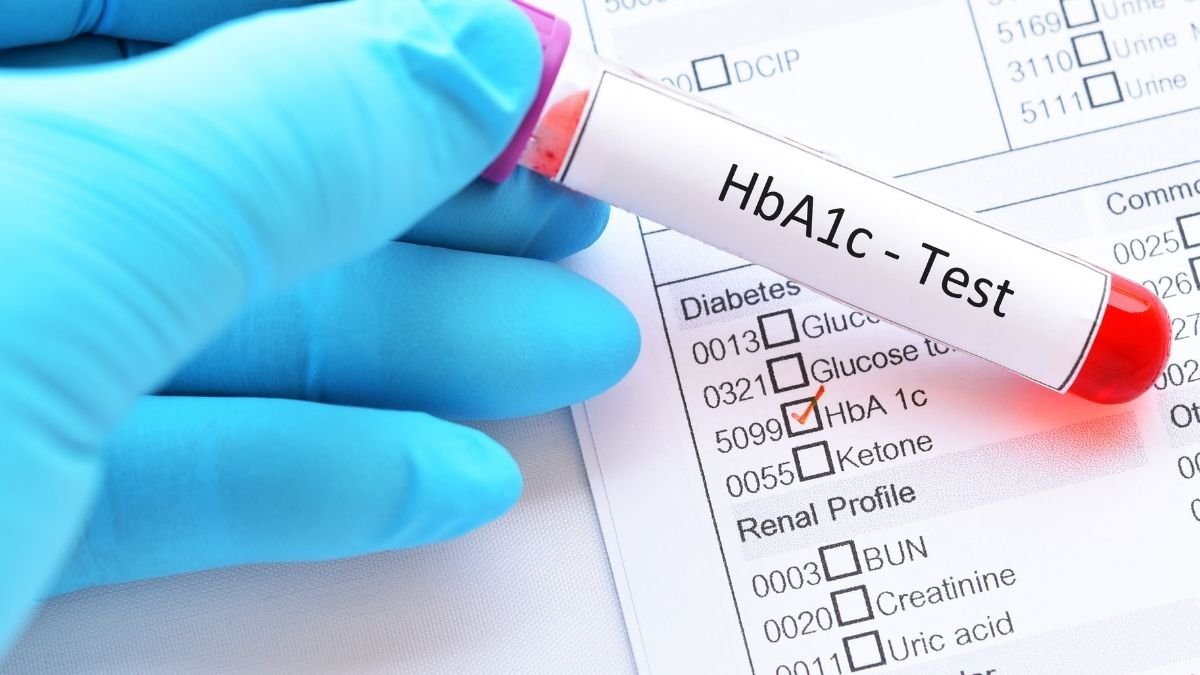
The clinical ranges are well-established:
- Normal: Below 5.7%
- Prediabetes: 5.7% to 6.4%
- Diabetes: 6.5% or higher
But there’s nuance here. Our baseline HbA1c tends to creep up as we age, even if we’re healthy. So, a 5.8% might be a warning sign for a 30-year-old, but less concerning for an 80-year-old, where aggressive treatment could cause dangerously low blood sugar. For most adults looking for optimal longevity, the goal is to keep it under 5.0%.
| Age Group | Optimal/Non-Diabetes | Prediabetes | Diabetes Target (Healthy) | Diabetes Target (Complex/Frail) |
| Young Adults (18-39) | 4.5% – 5.6% | 5.7% – 6.4% | < 6.5% – 7.0% | 7.0% – 7.5% |
| Middle-Aged (40-64) | < 5.7% | 5.7% – 6.4% | < 7.0% | 7.0% – 7.5% |
| Older Adults (65+) | < 5.7% (target may be higher) | 5.7% – 6.4% | < 7.0% – 7.5% | 7.5% – 8.5% |
| Data synthesized from sources. |
More Than Just Diabetes
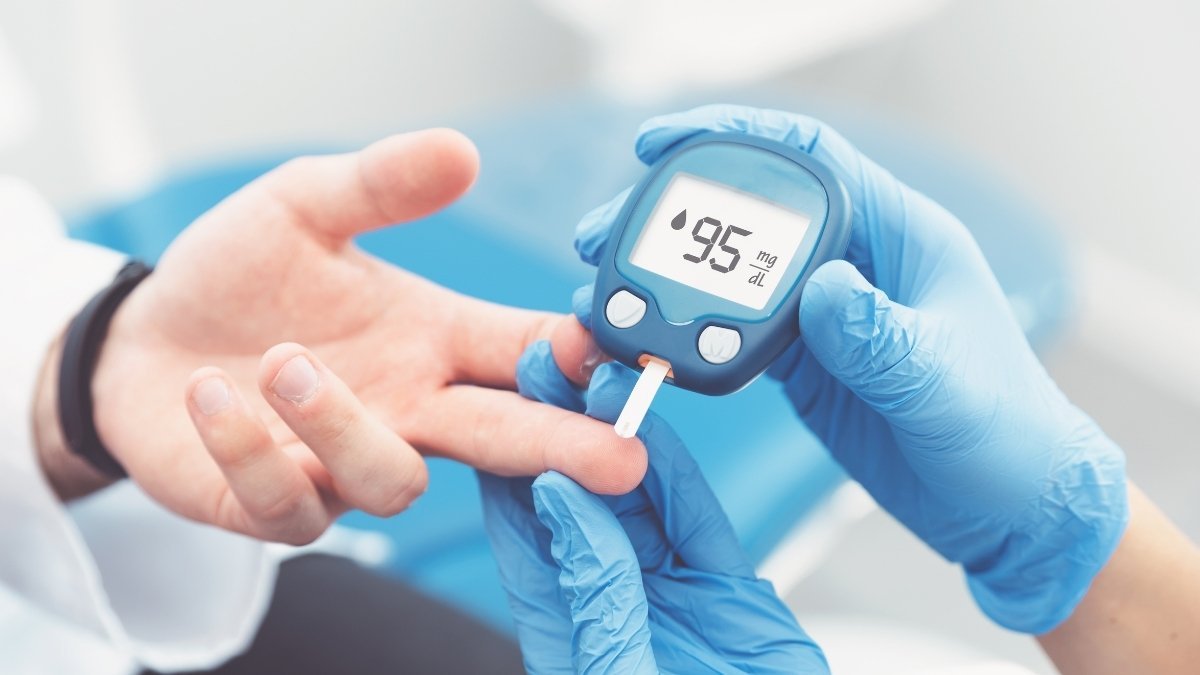
The numbers on this are staggering. As of 2021, over 38 million Americans have diabetes, and an incredible 98 million have prediabetes. That’s a huge portion of the population walking around with chronically high blood sugar, which damages blood vessels everywhere in the body.
- Heart Disease: People with diabetes are two to four times more likely to have a heart attack or stroke. Just a 1% drop in your HbA1c can cut your risk by about 15%.
- Kidney Disease: High sugar damages the tiny filters in your kidneys.47
- Nerve Damage: This can cause pain, tingling, or numbness, especially in the feet.
- Eye Disease: Diabetic retinopathy is the leading cause of new blindness in working-age adults in the U.S.
- Brain Health: Poor sugar control is directly linked to a faster-aging brain. An HbA1c over 7% is associated with a 50% greater risk of developing dementia.
- Immune System: High blood sugar weakens your white blood cells, making you more prone to infections.
Mastering Your Metabolism
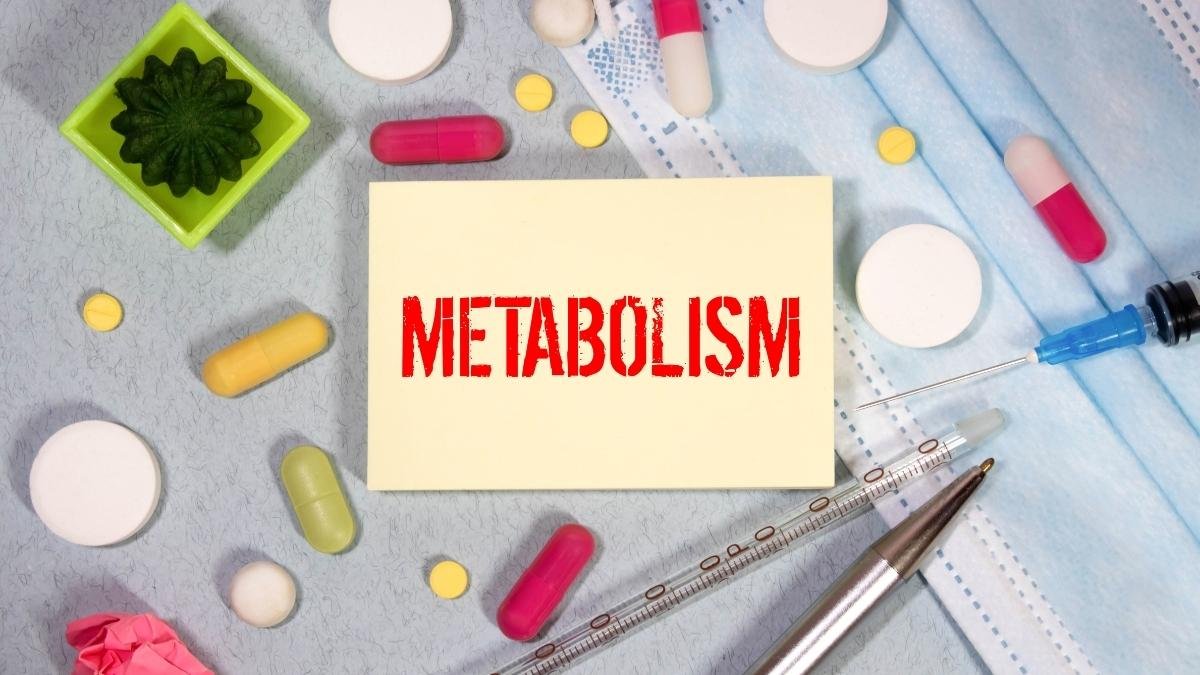
This is one of the most controllable numbers on the list.
- Diet is King: A low-glycemic, high-fiber diet is the most powerful tool you have. That means lots of non-starchy veggies, beans, and whole grains. It also means getting rid of sugary drinks and refined carbs like white bread and pasta. The Mediterranean diet has been shown to work wonders here.
- Move Your Body: Exercise makes your cells more sensitive to insulin, so they can pull sugar out of your blood more effectively. The classic recommendation is 150 minutes of moderate cardio plus two strength sessions a week.
- Weight Matters: Losing even a little bit of weight can have a massive impact. For some people, losing just five pounds is enough to reverse prediabetes.
- Manage Stress and Sleep: Both chronic stress and bad sleep mess with your hormones and can raise your blood sugar. They are non-negotiable parts of good metabolic health.
5. The Glycan Signature: The Secret Sugar Code of Your Immune System

When we think of sugar, we usually think of glucose for energy. But there’s a whole other universe of complex sugar molecules called glycans. They attach to proteins all over your body in a process called glycosylation, and they basically change what those proteins do. Think of them like little molecular antennas, controlling how your cells talk to each other.
The GlycanAge test looks at the specific glycan patterns on your Immunoglobulin G (IgG) antibodies—the most common soldiers in your immune system. The glycans attached to an IgG molecule act like a switch, telling it whether to be pro-inflammatory (ramping up an attack) or anti-inflammatory (calming things down).
As we get older, a predictable shift happens: we lose the good, anti-inflammatory glycans and gain more of the aggressive, pro-inflammatory ones. This is a direct molecular cause of inflammaging. This makes glycans totally different from the other markers. hs-CRP tells you that inflammation is happening. Glycans are part of the system that is causing it to happen.
Reading Your “Immune Age”
A GlycanAge test analyzes your blood and boils down all this complex information into a single number: your immune system’s biological age. If you’re 40 but your GlycanAge is 50, it means your immune system is in a more pro-inflammatory state than it should be for your age.
Unlike epigenetic clocks, which are trained to match your chronological age, the glycan clock isn’t. Its power lies in how well it correlates with your body’s actual inflammatory state and, most importantly, how quickly it responds to change.
An Early Warning System for Your Health
One of the most exciting things about glycan analysis is that it can see trouble coming from a long way off. These pro-inflammatory shifts can be detected years—some say 7-10 years—before you’d ever feel the symptoms of a chronic disease. An older GlycanAge is an early warning sign for conditions like heart disease, autoimmune issues, and metabolic syndrome.
The Most Responsive Report Card You’ll Ever Get
This is the key takeaway for glycans: they are incredibly plastic. They change, and they can change fast. While it might take months or even years to see a big shift in your epigenetic clock, you can see changes in your GlycanAge in just a few months. This makes it an amazing tool for figuring out what lifestyle changes are actually working for you.
Studies have shown that you can lower—or “reverse”—your GlycanAge with things like weight loss, diet changes, and exercise. Because the best approach is so personal, the tests usually come with a consultation to help you build a plan based on your specific results.
From Lab to Life: Putting Your Numbers to Work
Okay, so this is a lot of information. And the world of direct-to-consumer testing can feel like the Wild West. You can order kits online, do a finger-prick or saliva swab at home, and get a report back in a few weeks.
It’s important to go in with your eyes open. These tests aren’t FDA-approved for diagnosis, and some are more reliable than others. Even Dr. Horvath has said he has mixed feelings about them, because for many people, the results will just confirm what we already know: the fundamentals matter.
The Unified Theory of Healthy Aging
Here’s the beautiful, simple truth at the heart of all this complexity. While each of these five tests looks at a different part of your biology, the playbook for improving them is almost the same. You don’t need five different plans. You need one holistic approach built on five key levers.
- Lever 1: Eat Real Food. A diet centered on plants—vegetables, fruits, nuts, seeds, beans—and healthy fats is the foundation. It lowers inflammation (hs-CRP), controls blood sugar (HbA1c), protects telomeres, improves your glycan profile, and gives your body the nutrients it needs for healthy methylation.
- Lever 2: Move Your Body, Often. A mix of cardio and strength training is non-negotiable. It fights inflammation, makes you incredibly insulin-sensitive, and reduces the cellular stress that damages your DNA.
- Lever 3: Take Sleep Seriously. Sleep is not a luxury; it’s your body’s dedicated repair cycle. Getting 7-8 hours of quality sleep lowers inflammation, stabilizes blood sugar, and helps maintain your telomeres.
- Lever 4: Manage Your Mind. Chronic stress is a biological wrecking ball. It drives inflammation and torches your telomeres. Find a practice that works for you—meditation, yoga, hiking, whatever—and make it a priority.
- Lever 5: Maintain a Healthy Weight. Think of excess body fat not as a cosmetic issue, but as an active, inflammatory organ that is constantly sending out signals that age you faster.
A Few Tools to Help You on Your Journey
Knowing your numbers is the first step, but tracking your progress and supporting your body with the right tools can make all the difference. It’s one thing to decide to eat better or exercise more; it’s another to see the tangible proof that your efforts are working. Here are a few useful products that align with the science we’ve talked about, helping you take control of your healthspan.
1. Nordic Naturals Ultimate Omega

This is one of the most trusted omega-3 supplements out there. Since chronic inflammation is a huge driver of aging (hello, hs-CRP and angry telomeres), getting enough omega-3s is a smart move. This one is third-party tested for purity, so you know you’re getting the good stuff without contaminants. It’s a simple way to support your body’s anti-inflammatory efforts.
2. Omron 10 Series Wireless Upper Arm Blood Pressure Monitor

Your cardiovascular health is a cornerstone of healthy aging, and nothing gives you a clearer daily snapshot than a reliable blood pressure monitor. Omron is a brand cardiologists often recommend to their patients for its accuracy. This model is wireless, connects to an app, and makes it incredibly easy to track your numbers over time and share them with your doctor, which is crucial for managing one of the key risks associated with inflammaging.
3. Fitbit Charge 6

You can’t manage what you don’t measure. A fitness tracker is maybe the single best tool for holding yourself accountable for daily movement, which we know impacts every single biomarker of aging. The Charge 6 has built-in GPS for tracking runs, monitors your sleep quality (another huge lever for aging well), and keeps an eye on your heart rate. Seeing your activity stats in black and white can be the motivation you need to take the stairs or go for that evening walk.
4. Thorne Vitamin D Liquid

Vitamin D is another key player in taming inflammation and supporting telomere health. Many people are deficient, especially in the winter months. Thorne is a brand known for its quality and purity. This liquid form is super convenient because you can easily adjust your dose drop by drop, and you can add it to food or a drink without having to swallow another pill.
5. Nordic Naturals Algae Omega

If you follow a plant-based diet, you don’t have to miss out on the benefits of EPA and DHA. This supplement sources its omega-3s directly from algae, which is where fish get them from in the first place. It’s a high-quality, sustainable, and vegan-friendly way to get the fatty acids your body needs to fight inflammation and support brain and heart health, without any fishy business.
Your Future Is Not Yet Written
The science of aging has changed. Your age is no longer a fixed number. It’s a dynamic, measurable, and—most importantly—modifiable state. These five lab tests are powerful tools, not because they predict your destiny, but because they give you a roadmap to change it.
They provide the “why” behind all the health advice you’ve ever heard. They turn vague goals into a data-driven plan. By understanding these numbers, you can stop being a passenger in your own aging process and start being the author of your biological future. The goal, after all, isn’t just to add more years to your life, but to add more life to your years.






